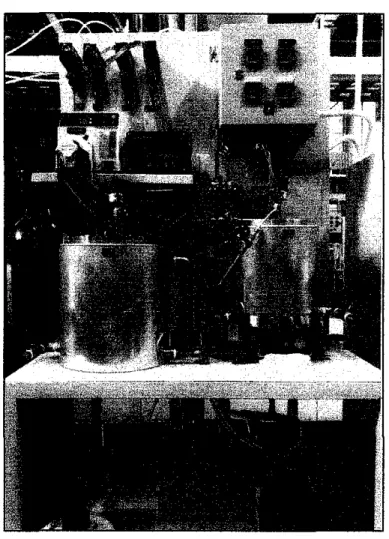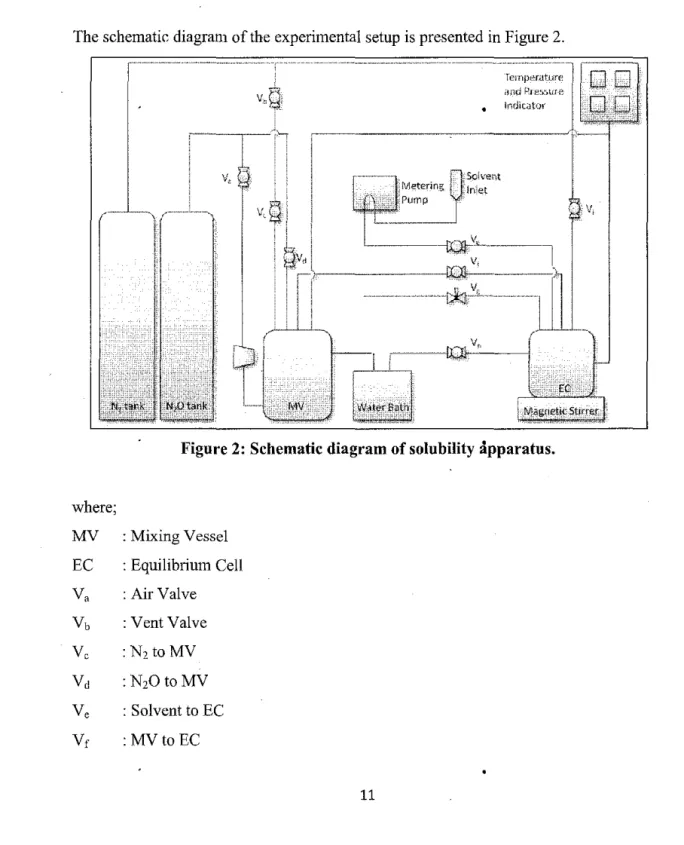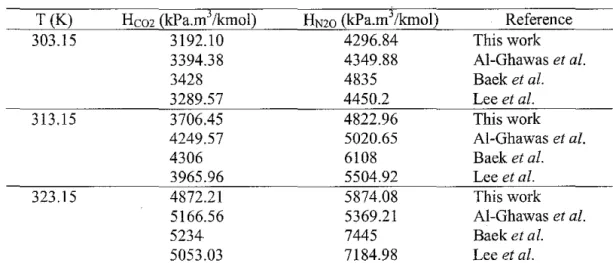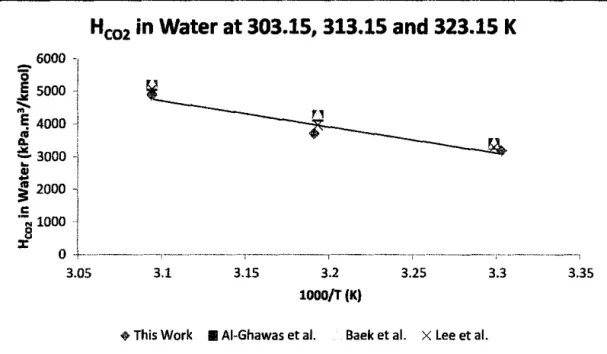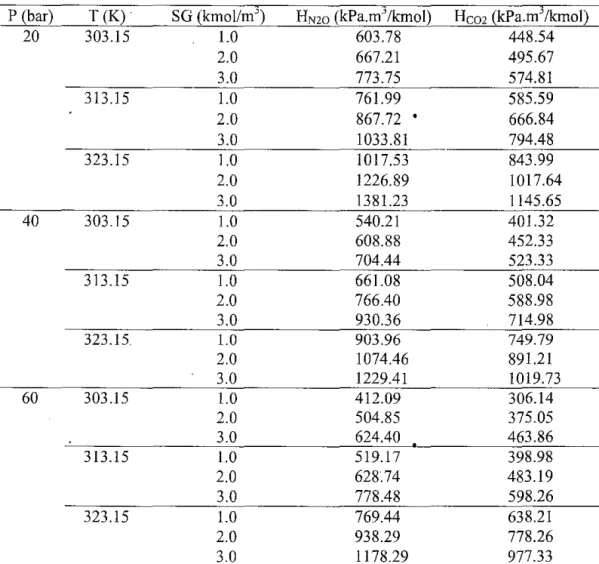INTRODUCTION
Background of Study
Carbon dioxide (C02) is a very important greenhouse gas that is released into the atmosphere during the burning of fossil fuels such as natural gas, oil and coal. In capture, C02 is collected from large point sources such as power plants, oil refineries, petrochemical facilities, fertilizer and gas processing plants, steel mills, and pulp and paper mills that can be reused. There are several options for C02 separation and capture such as chemical absorption, physical absorption, physicochemical adsorption, physical adsorption, cryogenic fractionation, and gas separation membranes.
The most likely option for separating C02 from flue gases or other gas streams is to clean the gas stream using an amine solution. This technique can also be applied to coal-fired power plants, although additional flue gas cleaning is required. In particular, aqueous MEA solutions have been widely used as an important industrial adsorbent due to its fast reaction rate, low solvent cost. , thermal stability and low solubility of hydrocarbons as well as high alkalinity.
However, the aqueous MEA solutions have disadvantages such as degradation through oxidation of the amine, high reaction enthalpy, and it also causes operational problems such as foaming, corrosion and fouling of the process equipment (Ma'um et al., 2005; Vaidya et al., 2005). Tertiary alkanolamines, such as an aqueous MDEA solution, are superior to primary and secondary alkanolamines, such as aqueous MEA and diethanolamine (DEA) solutions, as they have the characteristics of high loading capacity, less regeneration energy, and high resistance to thermal degradation, but reaction rates of tertiary alkanolamines are low (Ma'um ~~ al., 2005; Rinker et al., 1995; Li et al., 1992).
Objective and Scope of Study
LITERATRE REVIEW
Solvents/ Absorbents
Although N20 analogy has previously been used by many researchers to estimate the physical solubility of C02 in aqueous solutions of amines such as MEA, MDEA, MDEA and di-2-propanolamine (DIP A), there is limited data in the open literature on this parameter of C02 and N 20 in aqueous solutions of sodium glycinate despite the emerging importance of this amine acid salt in industrial gas treatment processes. Saha and Bandyopadhyay (1993) measured the solubility of N20 in four aqueous 2-amino-2-methyl-1-propanol solutions over a range of temperature and atmospheric pressure. In this work it was found that the solubility of N20 in aqueous solutions of AMP was an exponential function of temperature at a constant concentration of the amine.
Throughout this experiment, the solubility of N20 in aqueous solutions of AMP was represented by the equation below:. 2001) measured the solubility of N20 in aqueous potassium taurate solutions at different temperatures and in aqueous potassium glycinate solutions at 295 K. As a result, the effect of temperature and concentration of the salt on the solubility of NzO was expressed by the Sechenov equation.
The anion-specific constant (h-) in the Sechenov equation has been determined for taurate and glycinate ions. The N2 O analogy for the physical solubility of CO2 in amine solutions was given by the equations below, respectively. The solubility was found to decrease with a strong increase in the mass fraction of sodium glycinate and with an increase in temperature.
Henry's Law
RESEARCH METHODOLOGY
Pmject Activities
Tools
The power sources to the computer, temperature and pressure gauge, dosing pump, and water bath were turned off. 2 pressure vessels -- mixing vessel and equilibrium cell, compressor, dosing pump, magnetic stirrer, water bath, sample bottles.
Gantt Chart/Key Milestone
RESULTS AND DISCUSSION
Instrument Calibration
The results of this work for the solubility of C02 and N20 in pure water were in good agreement with the literature results. In other words, physical solubility decreases with an increase in temperature since a higher Henry's constant corresponds to a lower solubility. Such HN2o and Hem values for various concentrations of aqueous sodium glycinate solutions at all temperatures and pressures are reported in Table 3 and plotted in Figures 6 to 11.
We are not aware of any previously published report on the physical solubility of N20 and C02 in aqueous solutions of sodium glycinate at high pressure with which we can compare our experimental data. It was observed that while physical solubility increases with a decrease in sodium glycinate concentration, it decreases with an increase in temperature. On the other hand, the relationship between physical solubility and pressure is described graphically in Figures 12 to 17.
Physical solubility was found to increase with a decrease in sodium glycinate concentration and with an increase in pressure. The N20 analogy was used to estimate the solubility of C02 in aqueous solutions of sodium glycinate. The solubility data for C02 in aqueous solutions of 30 mass% MEA were found to be in good agreement with the literature results, thus supporting the reliability of the present solubility apparatus and experimental method.
In addition, it was also confirmed by a study of the physical solubility of N20 and C02 in pure water, and the results showed that there is a good agreement between the literature data and that of this work. On the one hand, it was found that the physical solubility of C02 and NzO in distilled water decreases as the temperature increases sine ~ a higher Henry's constant corresponds to a lower solubility. For the physical solubility of N20 and C02 in aqueous solutions of sodium glycinate decreases with increasing concentration of sodium glycinate, with increasing temperature and with decreasing pressure.
In our study, the optimal condition for physical solubility of CO2 in aqueous solutions of sodium glycinate at high pressure is reached at a low temperature of 30 oc and high. Consequently, sodium glycinate could be recommended as a suitable solvent for the separation of CO2 from gas streams. In future work, the solubility measurement for sodium glycinate can be performed at higher pressure for safety reasons.
In addition, the extensive behavior and characteristics of sodium glycinate need to be thoroughly investigated, since sodium glycinate is still considered a new absorbent industrially. Apart from that, more physical solubility studies of N 2 O and CO 2 in different solvents should be performed at high pressure to make a comparison between solubility data using different solvents.
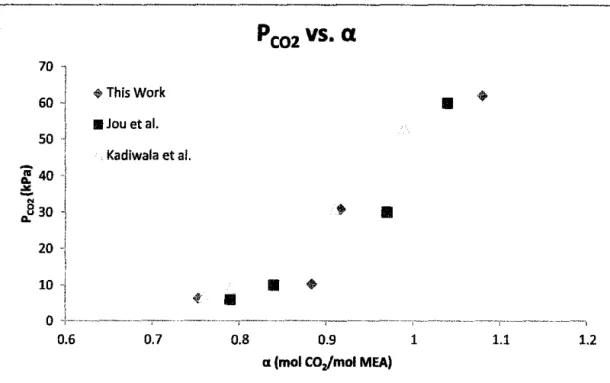
Physical Solubility ofN 2 0 and C0 2 in Sodium Glycinate
Increased temperature causes an increase in kinetic energy and thus results in greater molecular motion of the gas particles. Consequently, the gas particles dissolved in the liquid are more likely to escape to the gas phase and the existing gas particles are less likely to dissolve. The effect of pressure and concentration on gas solubility can be explained by Henry's law, which states that at a constant temperature, the solubility of a gas in a liquid is directly proportional to the pressure of that gas above the surface of the solution.
The number of gas particles above the surface of the liquid decreases, while the number of gas molecules dissolved in the solution increases.
